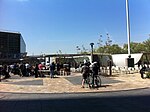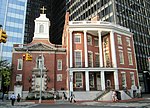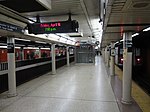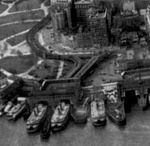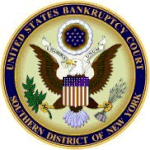Battery Park Underpass
1951 establishments in New York CityRoad tunnels in New York CityThe Battery (Manhattan)Tunnels completed in 1951

The Battery Park Underpass is a vehicular tunnel at the southernmost tip of Manhattan, New York City, near the neighborhoods of South Ferry and Battery Park City. The tunnel connects FDR Drive, which runs along the east side of Manhattan Island, with the West Side Highway (New York State Route 9A, or NY 9A), which runs along the island's west side. Opened in 1951, it was the second section of the FDR Drive to be completed. The underpass crosses beneath the Battery (formerly Battery Park) and the approach to the Brooklyn–Battery Tunnel.
Excerpt from the Wikipedia article Battery Park Underpass (License: CC BY-SA 3.0, Authors, Images).Battery Park Underpass
Battery Park Underpass, New York Manhattan
Geographical coordinates (GPS) Address Nearby Places Show on map
Geographical coordinates (GPS)
| Latitude | Longitude |
|---|---|
| N 40.7025 ° | E -74.016111111111 ° |
Address
Table Green
Battery Park Underpass
10004 New York, Manhattan
New York, United States
Open on Google Maps


